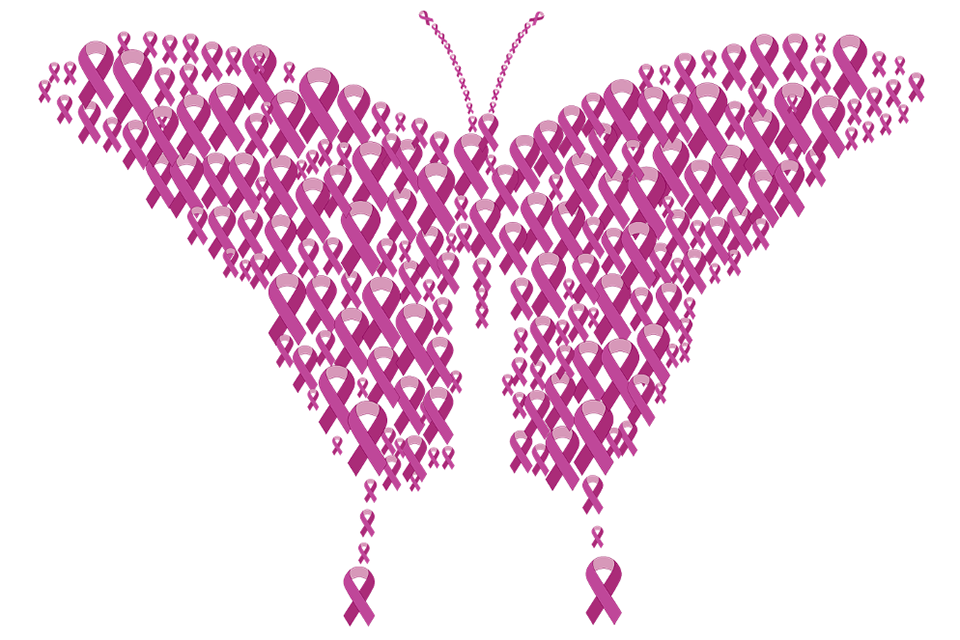This information is a short overview and in no way should be used to self-diagnose or be treated as medical advice. If you have any concerns about breast cancer, it is important to contact your doctor promptly. Remember, early detection is key.
1. Ductal Carcinoma In Situ (DCIS)
DCIS is a non-invasive form of breast cancer, where the cancer cells are confined to the ducts in the breast tissue. It's often considered the earliest form of breast cancer and is highly treatable. Early detection through regular mammograms is vital, as DCIS can progress to invasive cancer if left untreated.
2. Invasive Ductal Carcinoma (IDC)
IDC is the most common type of breast cancer, accounting for about 80% of cases. It begins in the milk ducts and spreads to the surrounding breast tissue. Because it can metastasize to other parts of the body, early detection and treatment are crucial.
3. Invasive Lobular Carcinoma (ILC)
ILC starts in the lobules, which are the glands that produce milk. This type is less common but tends to be more challenging to detect through mammograms. Despite its elusive nature, Alberta’s healthcare system is equipped with advanced imaging technologies to improve detection rates.
4. Triple-Negative Breast Cancer (TNBC)
Triple-negative breast cancer is an aggressive form that lacks the three common receptors known to fuel most breast cancer growth: estrogen, progesterone, and HER-2. TNBC is more prevalent among younger women and those with a BRCA1 gene mutation.
5. HER2-Positive Breast Cancer
This type is characterized by the overexpression of the HER2 protein, which promotes the growth of cancer cells. HER2-positive breast cancers tend to grow faster but respond well to targeted therapies.
6. Inflammatory Breast Cancer (IBC)
IBC is a rare and aggressive form that causes the breast to become red, swollen, and tender. It often doesn’t present as a lump and can be mistaken for an infection. Awareness is key, as IBC requires prompt treatment.
7. Paget’s Disease of the Nipple
This rare form of breast cancer affects the skin of the nipple and usually the darker circle of skin (areola) around it. It often indicates the presence of DCIS or invasive breast cancer. Paget’s disease requires a keen awareness of changes in nipple appearance and texture, reinforcing the importance of regular self-exams.
Empowering Through Knowledge – Share this Information
Understanding the different types of breast cancer is empowering. As we continue to share knowledge and raise awareness, we can collectively work towards earlier detections, better treatments, and ultimately, improved outcomes for everyone touched by breast cancer. Let’s spread the word and make a difference—one click, like, and share at a time.
Nerissa McNaughton is a freelance writer and contributor to this Think Pink advertising feature. It is not written by and does not necessarily reflect the views of the editorial staff.



